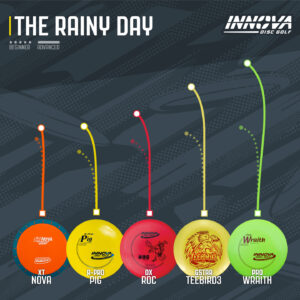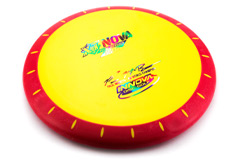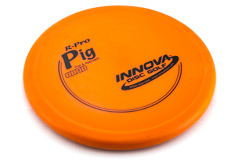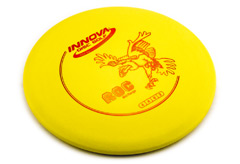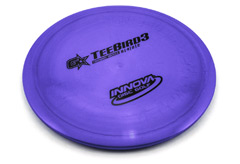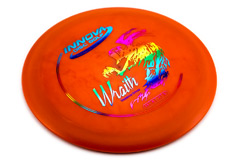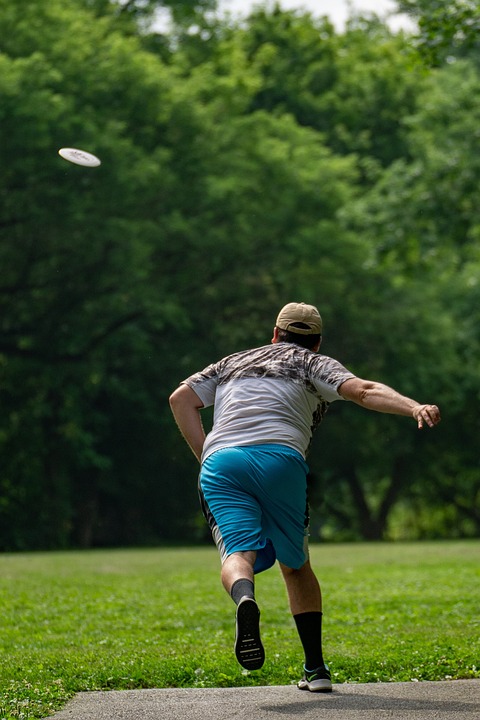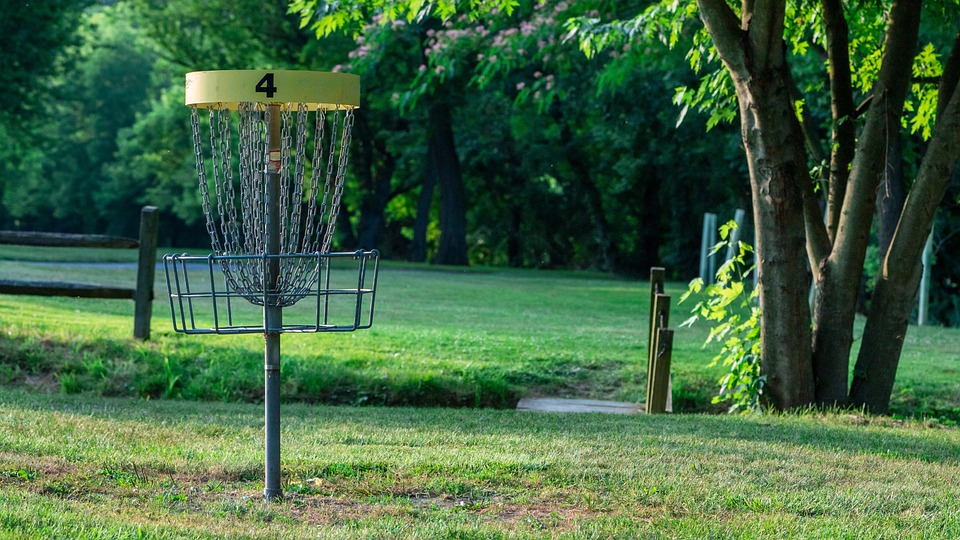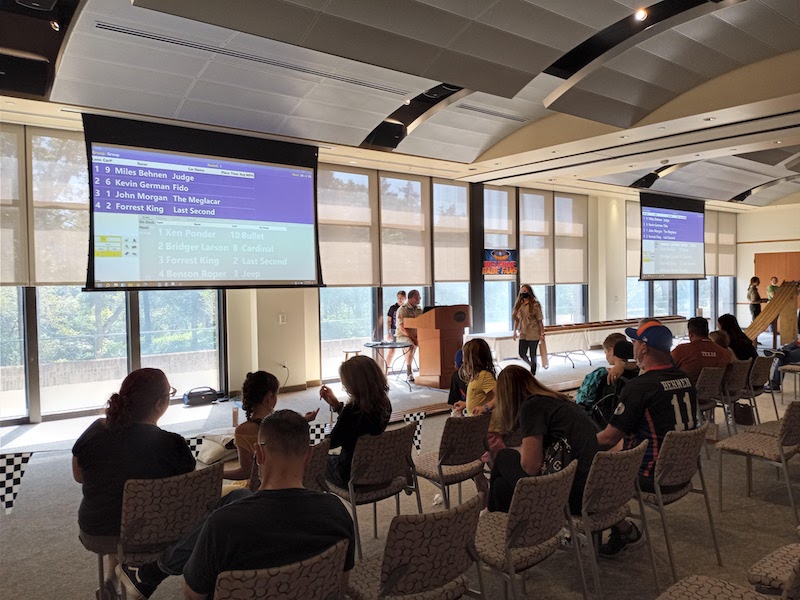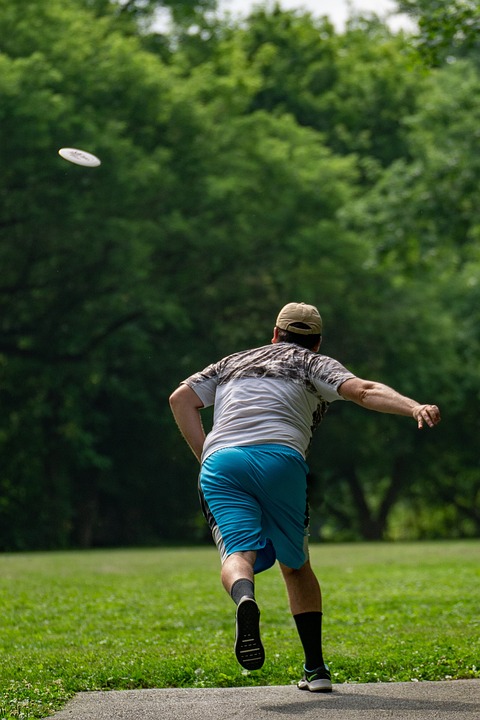Using a Flash for Insect Photography
, 2021-11-26 02:00:00,
I’ve shot thousands of pics of insects without flash and tens of thousands with flash. When the lighting is bright and sunny, the results can be good without flash. But when I venture out in pursuit of photo ops, I often encounter poorly lighted situations which are better with flash. If you study the work of experienced insect photographers, you’ll find that most of them use flash.
A very important advantage of flash is it captures motion. I use f/11 for depth of field and ISO 100 or less for quality. Without flash, that calls for approximately 1/100s. But flying insects are very fast and that shutter speed is too slow. So I use the fastest shutter speed possible with flash (1/250 on my Sony a7R IV and 1/400 with my Sony a1). At these settings, the ambient light contributes a fraction of what’s needed for exposure, so the remainder comes from the flash. And with a flash duration of about 1/10,000s, even the speediest flying insects are frozen sharply. It also eliminates camera shake.
![]()
When I began photographing bees, I thought the pop-up flash on my Sony a6400 would be perfect. The distance was short and low power was adequate. But there were two problems:
1. Longer lenses cast a shadow blocking the low flash head from illuminating the subject.
2. The recycle time was 4 seconds, causing me to miss opportunities while waiting for recycling (which is the charging of the capacitor in the flash).
So I tried an external flash.
My first external flash was the small Sony HVL-F32M. The light head is high enough to eliminate the lens shadow and it recycled in 2 seconds when shooting closeups. But I was still missing opportunities while waiting those 2 seconds so I sought even faster recycle time. I soon learned that flashes powered by lithium batteries recycled fastest. That reduced the number of options.
My first lithium-powered flash was a Godox 860 IIs. It offered a lot of performance for the money. But after only five months it began making a loud snapping sound each time it fired. I was advised to stop using it because that was the precursor to an exploding capacitor.
Godox had just brought out the V1s, which was about the same power. With a round head, it looks like a $1,100 Profoto. I bought it but sadly within a month the plastic foot broke. If you read user reviews on flashes, you see many complaints of broken plastic feet on many brands. Why manufacturers continue to use plastic feet is a mystery. For less than $1 they could cure the…
,
To read the original article, go to Click here



 Private Internet Access gives you unparalleled access to thousands
of next-gen servers in over 83 countries and each US state. Your
VPN experience will always be fast, smooth, and reliable.
Private Internet Access gives you unparalleled access to thousands
of next-gen servers in over 83 countries and each US state. Your
VPN experience will always be fast, smooth, and reliable.





